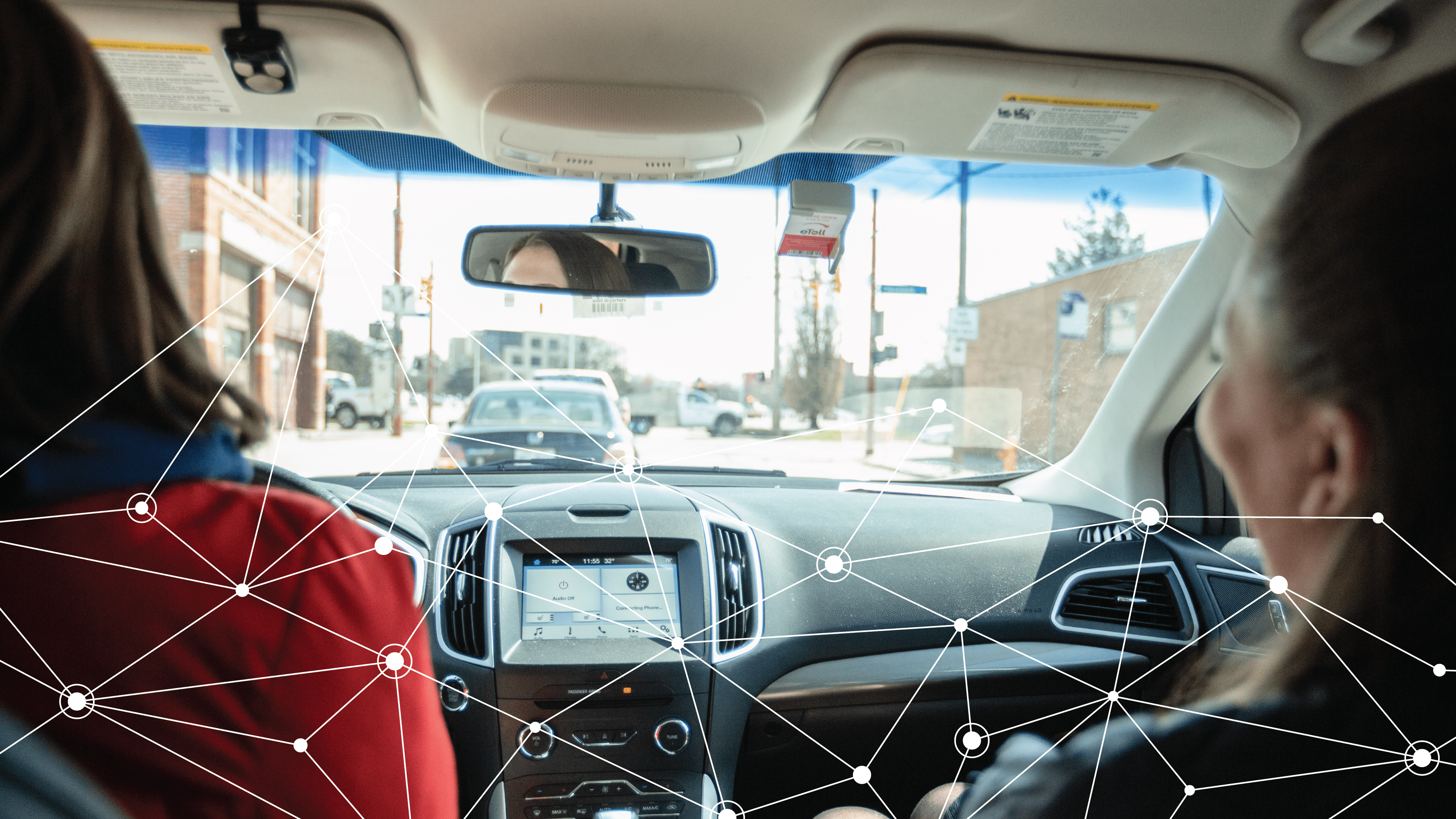
Testing for a Technology-Driven World
By The Beta District
What will our lives look like in 2025? That’s what nearly 1,000 innovators, researchers, and leaders were asked in a recent survey by the Pew Research Center and Elon University’s Imagining the Internet Center. In short, the report predicted, it will be a “tele-everything world.”
“Their broad and nearly universal view is that people’s relationship with technology will deepen as larger segments of the population come to rely more on digital connections for work, education, health care, daily commercial transactions, and essential social interactions,” wrote the authors.
Read on for examples of how technology development has – and will continue to – move us toward a “tele-everything world.”
Transforming Automotive and Transportation
As we’ve noted in prior blog posts, technology development is transforming the ways we drive, ride, and fly, and how we transport goods from place to place. For example, technology and connectivity capabilities available in today’s vehicles and roadside infrastructure give auto manufacturers and transportation managers access to more data than ever before. These technology advancements enable all kinds of automotive innovations, including predictive maintenance, efficient fleet management, and faster emergency response times. For automotive manufacturers, this data is essential to optimizing supply chains and streamlining research and development. In addition, technology is fueling the rise of shared mobility, or Mobility as a Service, across the country – providing alternatives to private ownership, less traffic congestion, and a lower environmental impact from gas-powered vehicles. In The Beta District, for example, DENSO and Connected Dublin are testing artificial intelligence at school crosswalks. When students walk across the street before and after school, the traffic signals would adjust to give them more time to cross.
Improving Personal and Population Health
Apple Watches can track your heart rate, blood oxygen level, or even perform an echocardiogram. Fitbits and other wearables can measure your sleep patterns and physical activity. Internet-enabled apps can send data from these devices directly to our doctors. These are just a few of the ways that technology developments are already changing the way we take care of our health. Advanced technologies like artificial and augmented intelligence and virtual reality will take tech-driven health care even further.
Humanitas University highlights how AI and machine learning algorithms are being used to design treatment plans, develop drugs, and diagnose diseases like cancer using less invasive means. Additionally, augmented reality and virtual reality are being used to help train future surgeons and enable experienced specialists to practice and improve their skills by working with detailed, accurate digital representations of human anatomy. The article cites a study that showed that virtual reality-trained surgeons saw a 230% increase in overall performance when compared with surgeons trained through traditional methods.
AI and machine learning can also play an integral role in guiding public health policy and response. A recent article in Becker’s Hospital Review outlined how emerging technologies helped major healthcare providers like the Mayo Clinic and Johns Hopkins Medicine create models to track and predict waves in the COVID-19 pandemic. This new way of interpreting data will continue to help hospitals monitor and respond to public health crises and is expected to become more integrated into healthcare broadly moving forward.
Powering the Work-From-Home Movement
Remote work is here to stay for many companies and organizations, whether it’s through full-time work-from-home or a hybrid model. This environment is possible because of new innovations in technology over the past few years – and it will also be the catalyst for technology developments in the future.
“People quickly adapted to technologies such as Zoom and Google Meet to get their work done and stay connected,” notes this article from Industry Week. “[Work-from-home] employees and their managers will demand more and rely on improved cloud and SaaS technologies to stay connected and productive and collaborate virtually.”
With so many people working in different places, companies and organizations will need to up their game in terms of cybersecurity. Technology firms are responding to those needs, harnessing the power of AI to help detect and thwart cyber threats. One product, called HPE InfoSight, uses an AI-enabled platform that reportedly can predict and resolve 86 percent of security issues for its customers.
Taking Smart Devices to the Next Level
Technology futurist Daniel Newman recently wrote in Forbes that more than a quarter of homes in the United States will be “smart” by the end of 2021. We’re familiar with Internet of Things (IoT) devices like Amazon’s Alexa, Google Home, and Nest that can change channels, control lights, and let us know who’s knocking on the front door without getting up off the couch – or even being at home. But new applications of AI promise to take the impact IoT devices have on our lives even further, Newman says.
“With the help of AI, systems can take actions on the data it monitors, locking doors, redirecting traffic, reducing in-home temperatures, turning off lights, etc.,” he writes. “Data can be captured and applied uniquely to deliver everything from greater security and improved sustainability practices to improved customer experience and real-time offer optimization. AI + IoT is a powerful combination that is still in its earliest days.
Testing for the “Tele-Everything” World
The technological advances that have become second-nature to us today are made possible not only by feats of engineering but also rigorous testing. For that, companies in a wide variety of sectors – from automotive manufacturing and transportation to healthcare and ag-tech – are turning to The Beta District as job growth occurs in the 21st century. Our Living Labs across the Columbus region provide an environment where innovators can launch and tweak their big ideas with data gleaned from live testing.
To learn more about The Beta District, follow us on LinkedIn or contact us today.

